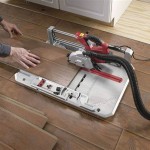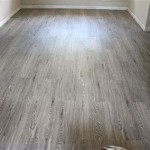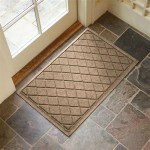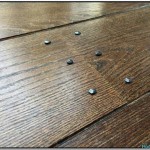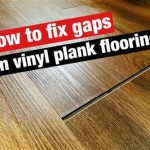Vinyl flooring is a popular choice for many homes as it is easy to install and maintain. However, with time, vinyl floors may become damaged due to wear and tear, or because of water damage. In such cases, repairing the vinyl floor may be the best option. In this article, we will discuss the process of repairing vinyl flooring, including the tools and materials you will need, the steps to take, and some tips for a successful repair.
Tools and Materials Required
To repair a vinyl floor, you will need the following tools and materials:
- Utility knife
- Putty knife
- Vinyl repair kit
- Wood putty
- Sandpaper
- Caulk gun
- Adhesive
- Screwdriver
- Masking tape
Steps for Repairing Vinyl Flooring
- First, you need to identify the damaged area. If the damage is minor, you can use a vinyl repair kit which contains pre-colored vinyl material and adhesive.
- Once you have identified the damaged area, you need to remove the existing vinyl flooring. Use a utility knife to cut around the damaged area, making sure to cut away the old adhesive.
- Once the existing vinyl flooring has been removed, use a putty knife to remove any remaining adhesive. Use sandpaper to level the surface.
- Apply wood putty to any damaged areas to create a smooth surface. Allow the putty to dry before proceeding.
- Use a caulk gun to apply adhesive to the back of the vinyl repair patch. Once the adhesive has been applied, place the patch over the damaged area and press firmly to secure.
- Use a screwdriver to secure the patch to the floor, making sure it is firmly in place.
- Finally, use masking tape to cover the patch and allow the adhesive to dry. Once the adhesive has dried, remove the masking tape and your vinyl floor should be repaired.
Tips for Successful Repair
When repairing a vinyl floor, it is important to follow these tips for a successful repair:
- Always use a vinyl repair kit that matches the color and texture of the existing vinyl flooring.
- Make sure to use a utility knife with a sharp blade to ensure a clean cut.
- Make sure to use the correct amount of adhesive to secure the patch to the floor.
- Allow the adhesive to dry completely before walking on the floor.
- If the damage is extensive, it is best to replace the vinyl flooring rather than attempting to repair it.
Conclusion
Repairing a vinyl floor can be a challenging task, but with the right tools and materials, it can be done. By following the steps and tips outlined in this article, you can ensure a successful repair. So, if you have a damaged vinyl floor, don’t despair – you can repair it yourself!







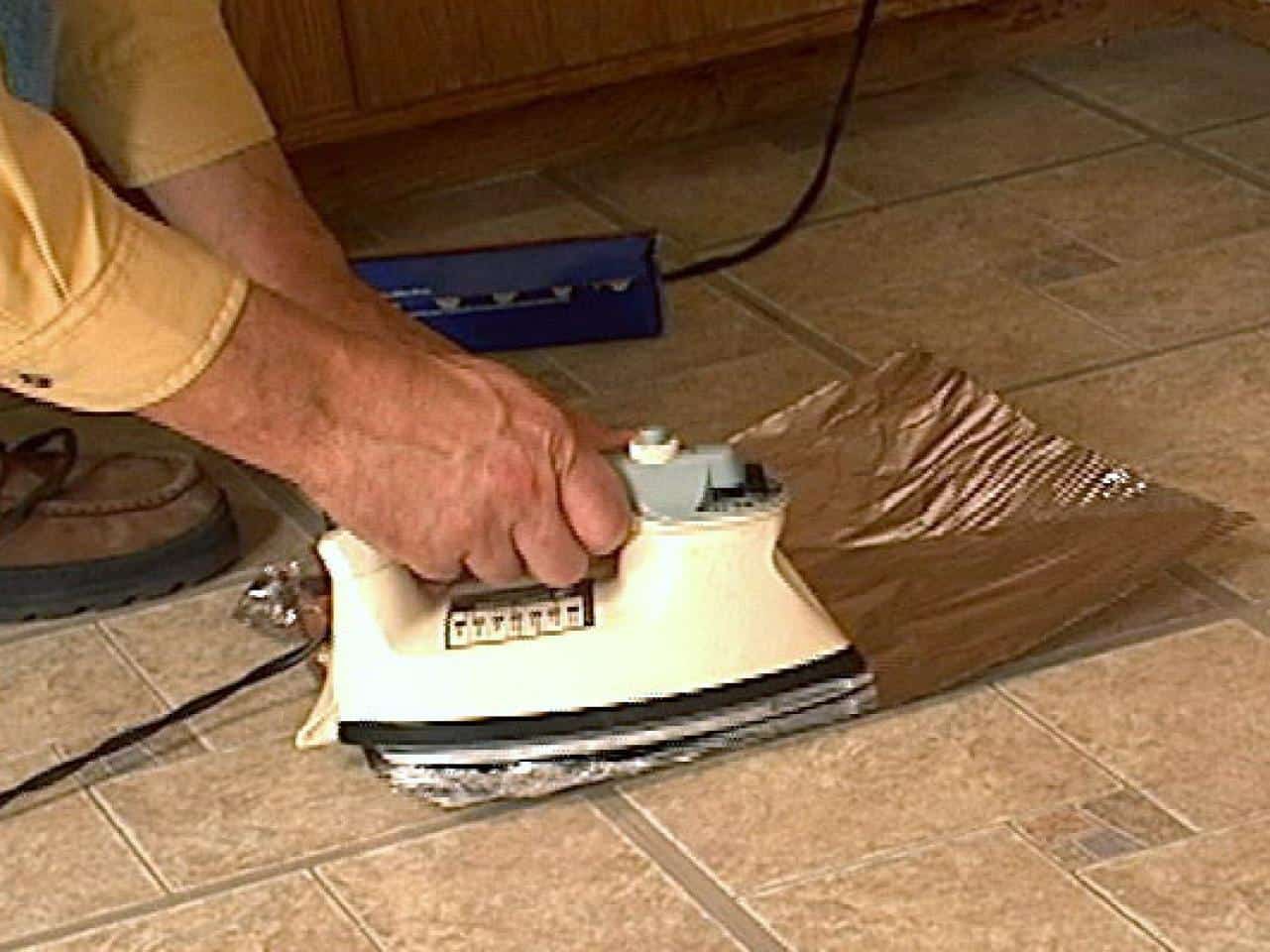






Related Posts

